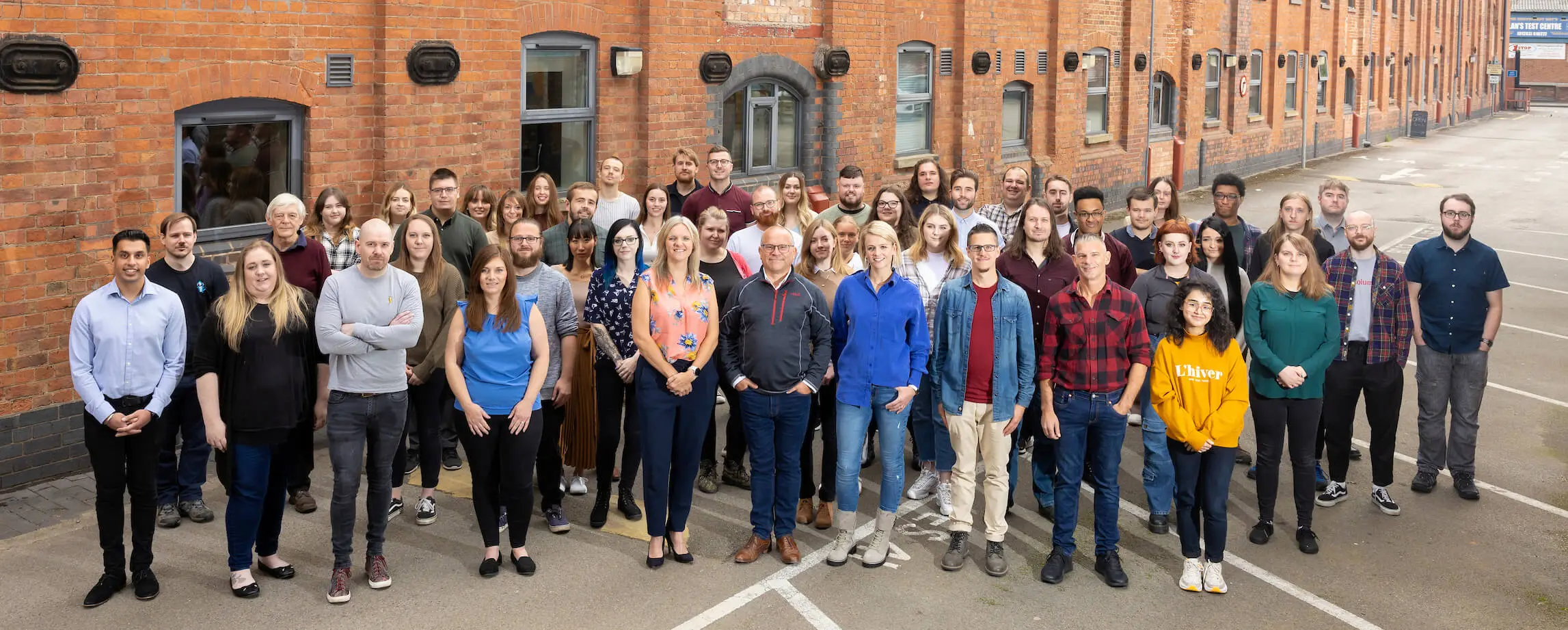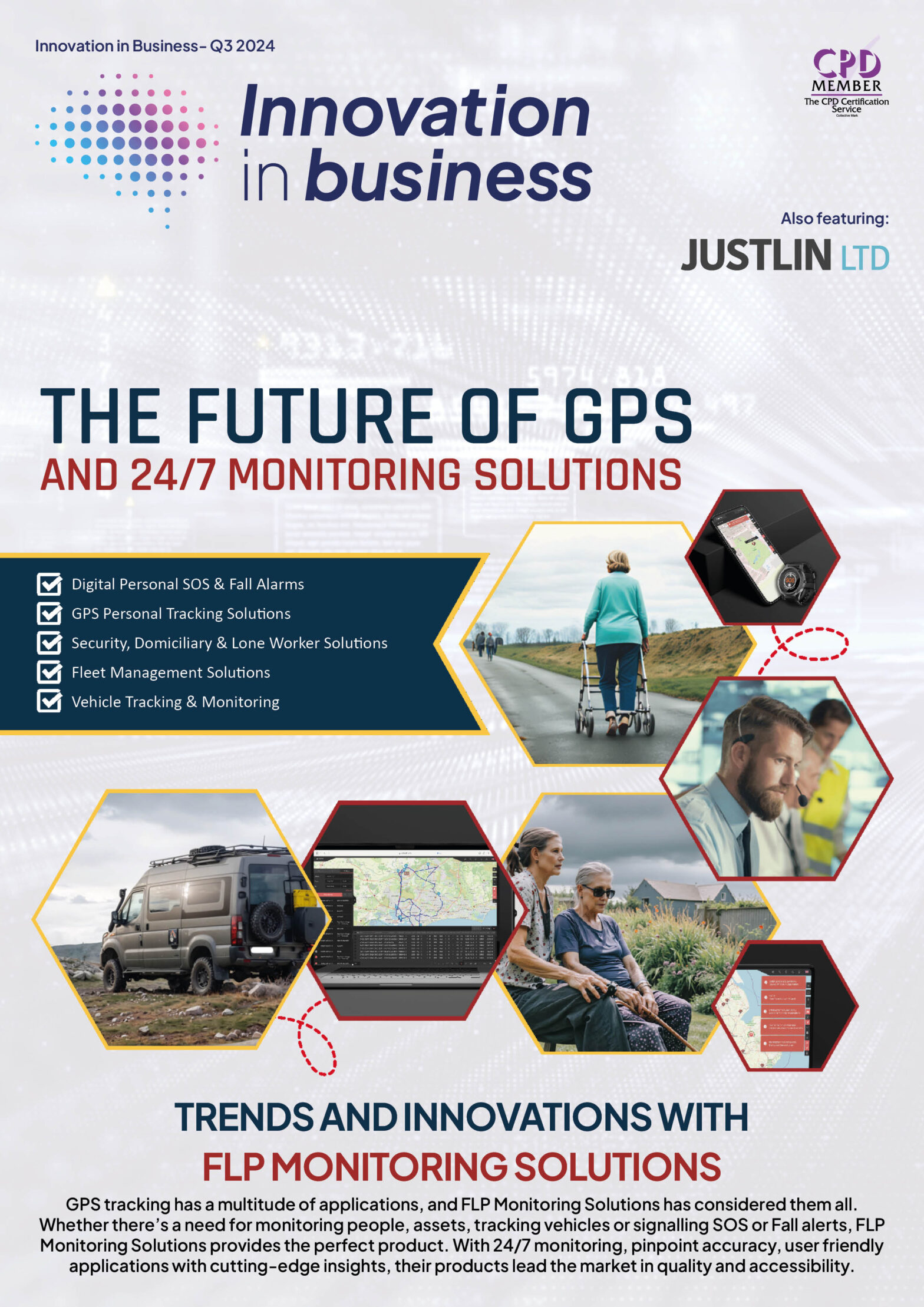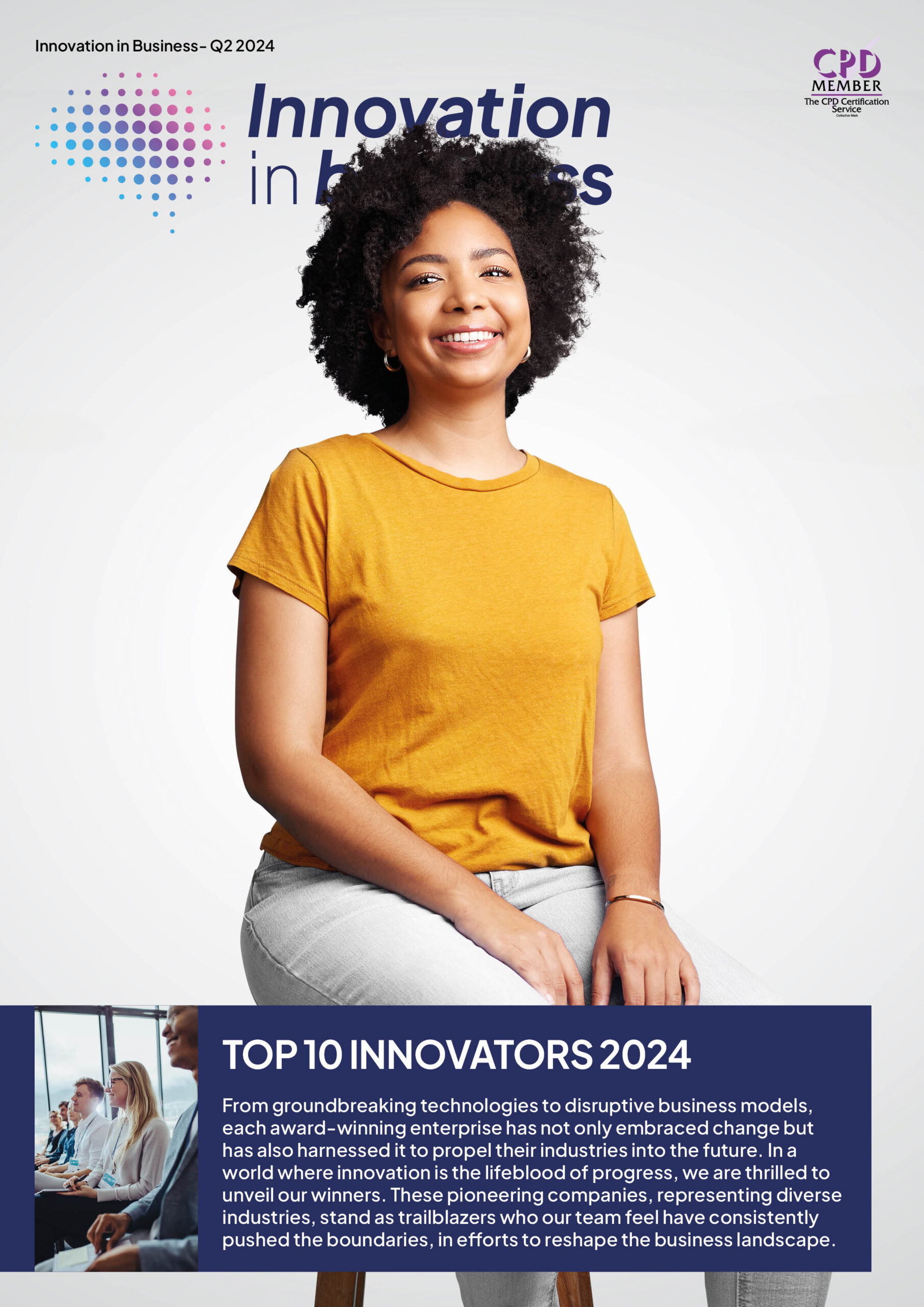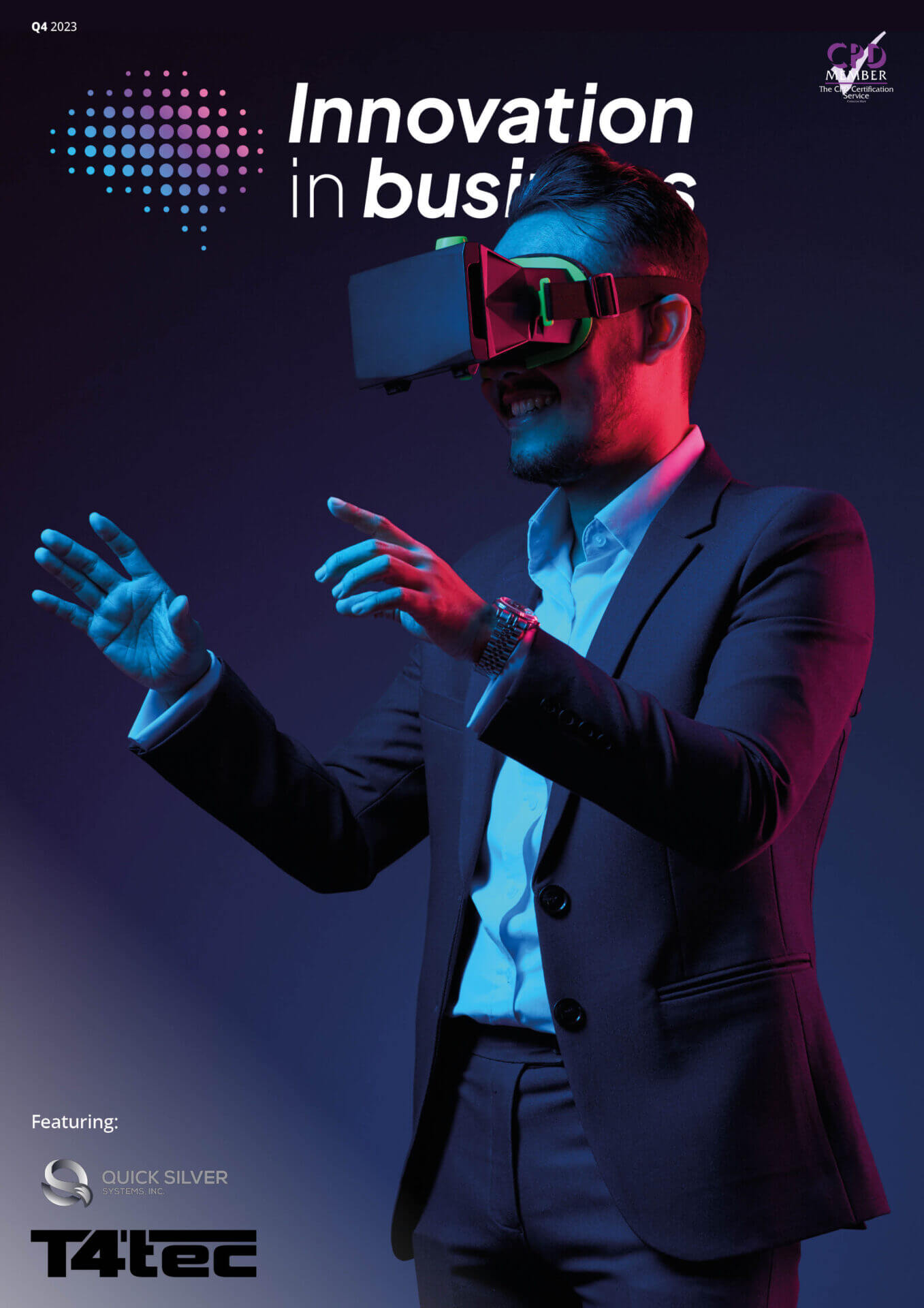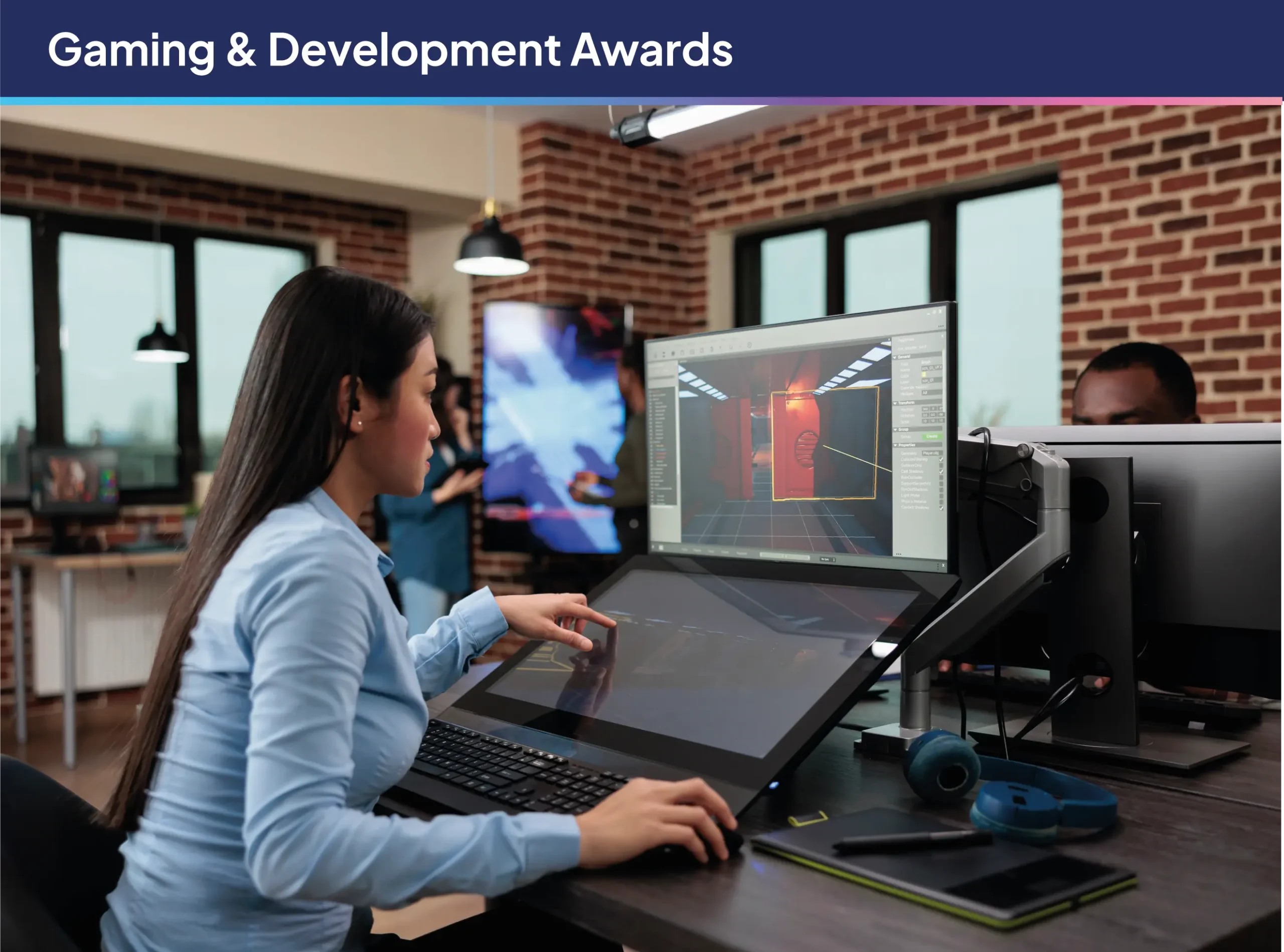
Businesses Must Understand The Difference Between AI Research and AI Engineering Projects, Says STX Next
22 April 2024

While both types of project contribute to the advancement of AI technology, they involve contrasting objectives, methodologies and outcomes
A high proportion of businesses have undertaken an AI project in some form, with research from McKinsey revealing that 55% of organisations actively deployed an AI solution last year. However, in order to fully understand what an AI strategy can achieve in a given time period, business leaders must consider which category it falls into.
According to Bartek Roszak, Head of AI at STX Next, companies often confuse AI research and AI engineering projects, leading to the misalignment of objectives and doubts about the credibility of AI for the long-term future of the business.
Roszak said: “The primary goal of a research AI project is to explore, investigate or discover new network architectures, algorithms or technologies. It aims to advance the understanding of a particular problem or domain and solve what has not been solved so far, while examining how pre-existing technology works under new conditions.
“On the other hand, an AI engineering project focuses on the design, development, implementation and maintenance of AI systems, based on established principles, specifications and requirements. The main objective of this type of project is to create and integrate AI-powered systems or applications that solve specific problems or enhance existing processes, without the need for research.
“Companies often initiate a research AI project with expectations mirroring an engineering venture and assume that hiring data scientists will deliver a fully functional model within a specified timeframe.
“In such instances, managers start to doubt the endeavour when the model inevitably falls short of initial targets, questioning whether the failure stems from the project’s feasibility, the team’s competence or the model’s suitability for the particular use case. In attempts to resolve the issue and demonstrate progress to the leadership team, developers frequently overlook the fundamental distinction: they are engaged in research, not engineering.
“The intended outcome is not a functional model ready for production, but rather a comprehensive report outlining what works and how it operates. Based on this information they can proceed to designing solution architecture and start an engineering project designed to make the solution production ready.
“In contrast, there are situations where a lot of engineering work needs to be done, but the project is treated as research. The preparation of such infrastructure is not usually a suitable task for researchers, who are often unaware of how demanding an undertaking this can be, leading to an undesirable project outcome.”
Roszak concluded: “Without first identifying whether an AI project falls into the category of research or engineering, developers cannot accurately determine what they hope to achieve. It’s rare that a project aligns perfectly with either definition, but putting measures in place to understand where it lies on the scale is the first step to setting realistic expectations.”

Technology
25 March 2025
Ransomware-As-A-Service Variants on the Rise With Critical Infrastructure Providers at the Greatest Risk

Business Advice
25 March 2025
Claims Processing Automation: How Insurers Can Cut Costs and Improve CX

Technology
18 March 2025
Secret Signs Your Internet Security Has Been Compromised



